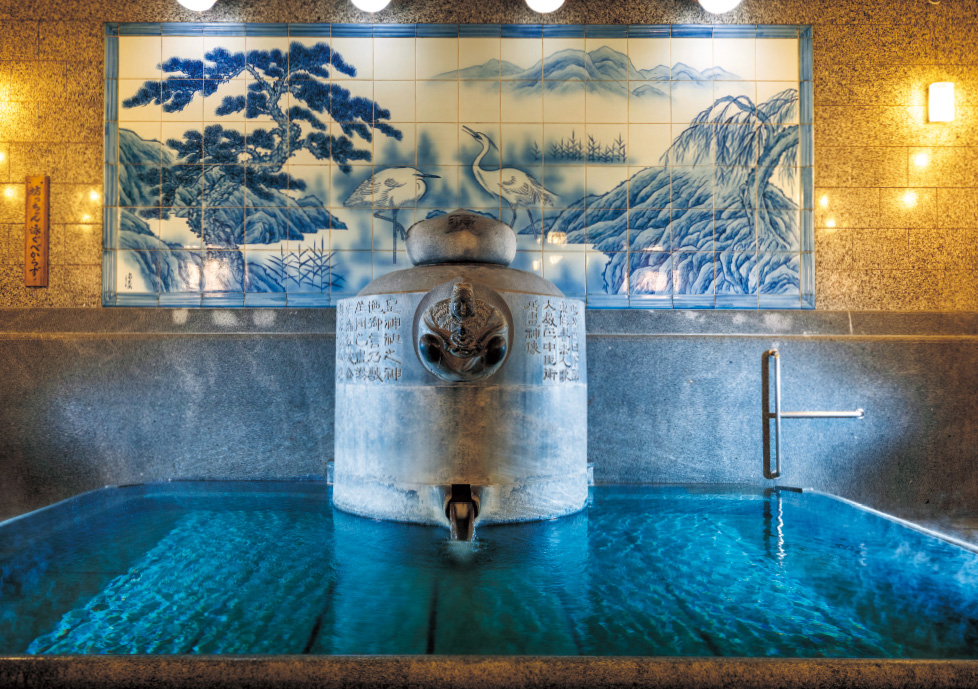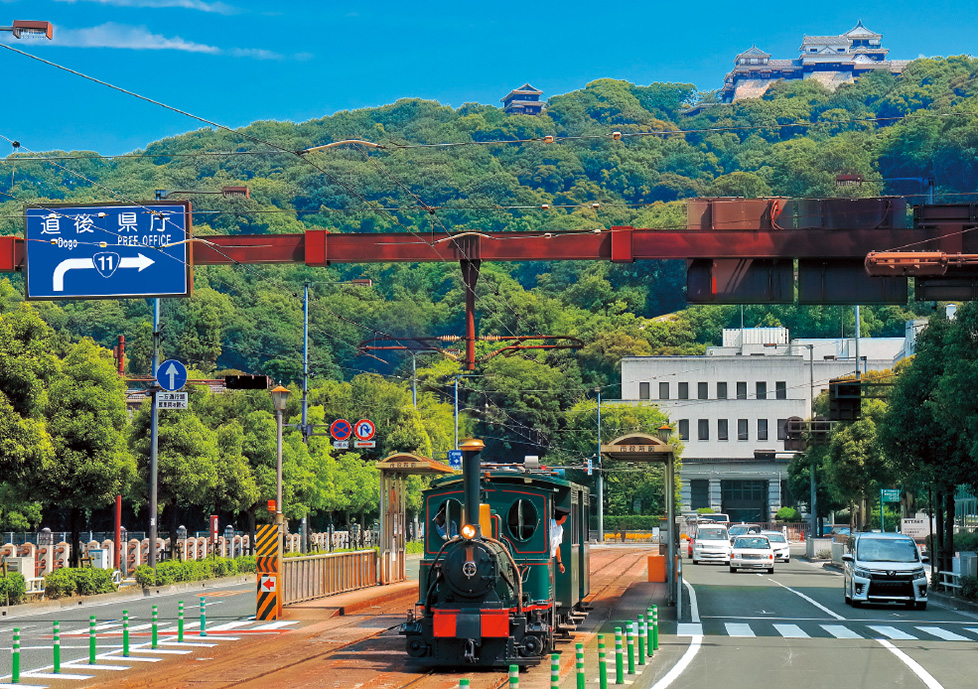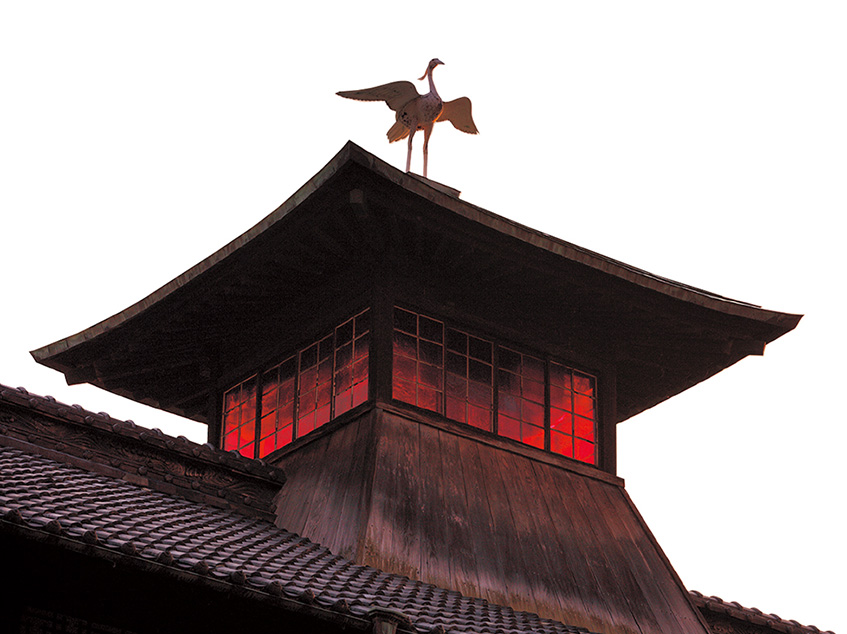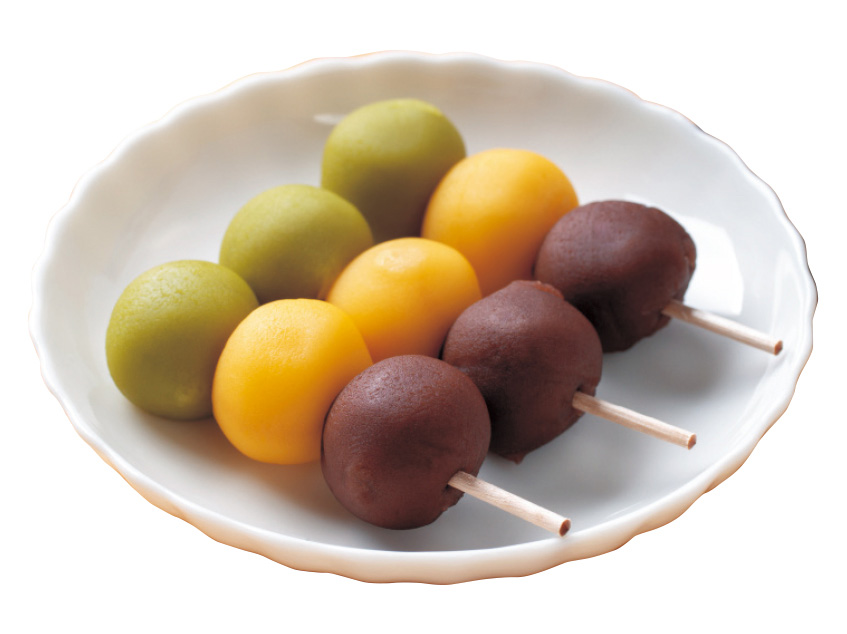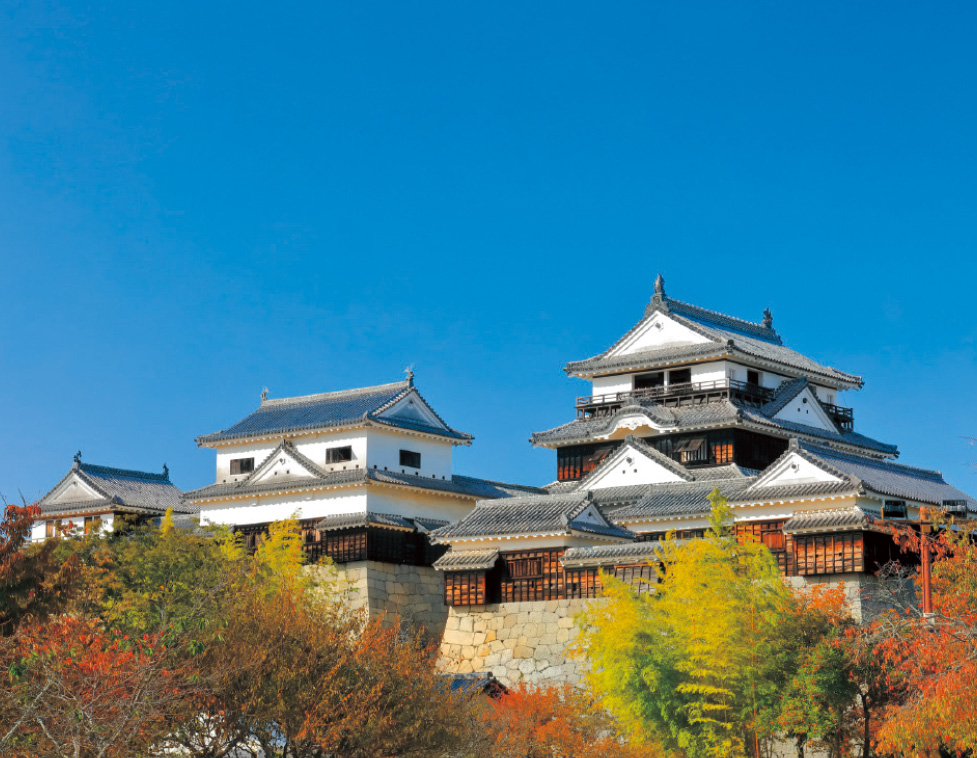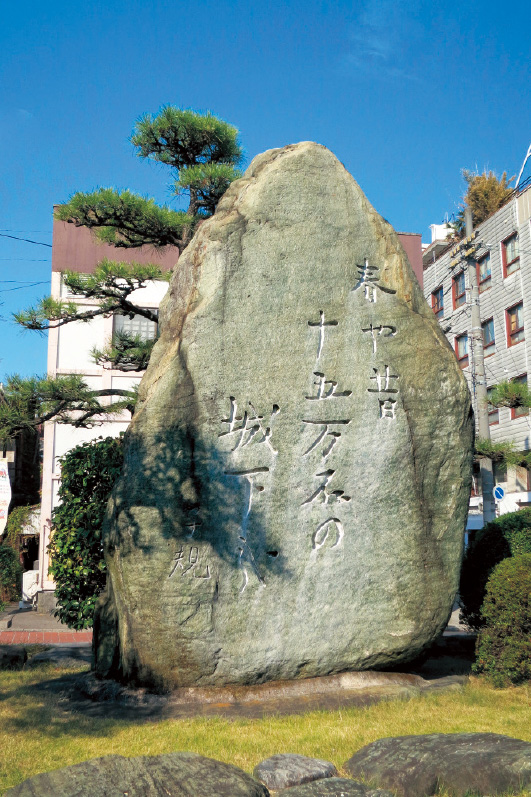
2022 NO.33
Menu
 Strolling Japan
Strolling Japan
Matsuyama has long flourished as the home of Japan’s oldest and most famous hot springs, as well as a mecca for literature as the birthplace of haiku poet Masaoka Shiki. Here, words and thermal waters bubble to the surface, inviting the visitor to slow down and enjoy the moment.
Photos: Kurihara Osamu, PIXTA, photolibrary

Dogo Onsen Honkan public bathhouse, said to be one of the models for the bathhouse in the Studio Ghibli animated film Spirited Away (Sen to Chihiro no Kamikakushi).
Exterior during the Dogo Onsen-Phoenix collaboration Dogo REBORN Project. Project has ended, and exterior has changed.
©TEZUKA PRODUCTIONS
Located in Ehime Prefecture, Matsuyama is the largest city on the southwestern island of Shikoku. Thanks to the calm Seto Inland Sea to the west, this area is blessed with a mild climate year-round. Streetcars running slowly through the town center are an everyday sight in this quiet, peaceful city, which is laid out around Matsuyama Castle, constructed during the Edo period (1603–1868).
Any mention of Matsuyama must include Dogo Onsen, the signature hot spring of this city. Appearing in Japan’s oldest history book, The Chronicles of Japan (Nihon Shoki), and in The Tale of Genji (Genji Monogatari) written in the 11th century, this hot spring has a very long history. Today, visitors still enjoy the famous Dogo Onsen Honkan public bathhouse along with other bathhouses and footbaths that dot the landscape.
Strolling through the city, haiku monuments (stone monuments carved with haiku poems) are also a common sight. This is because Matsuyama is called the haiku capital of Japan, given that this is the birthplace of Masaoka Shiki, a famous poet who created new trends in haiku in the Meiji period (1868–1912). Haiku is a standardized form of poetry originating in Japan, with 17 syllables in three lines of five, seven, and five syllables, respectively. Haiku makes generous use of kigo (words or phrases associated with a particular season). Haiku invites the reader to ponder the changing of the seasons and tune into the ephemeral emotions of the fleeting moment. One of the world’s shortest forms of poetry, haiku has recently found popularity among the younger generations as well, as a way to express one’s heart simply.
A statue of an egret on the roof of the Dogo Onsen Honkan. The bird has become a symbol of this hot spring, as legend has it that a wounded egret was healed by the hot spring waters here. (Photo: Matsuyama City)
Matsuyama Castle stands atop a 132-meter-high hill. The castle commands a panoramic view of the city.







